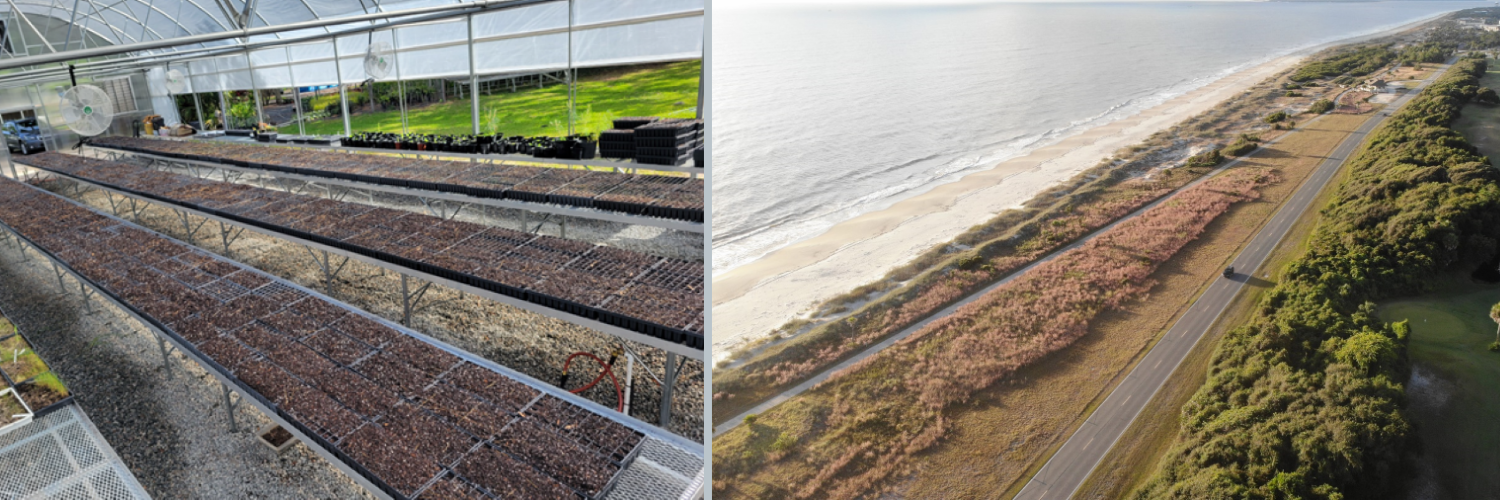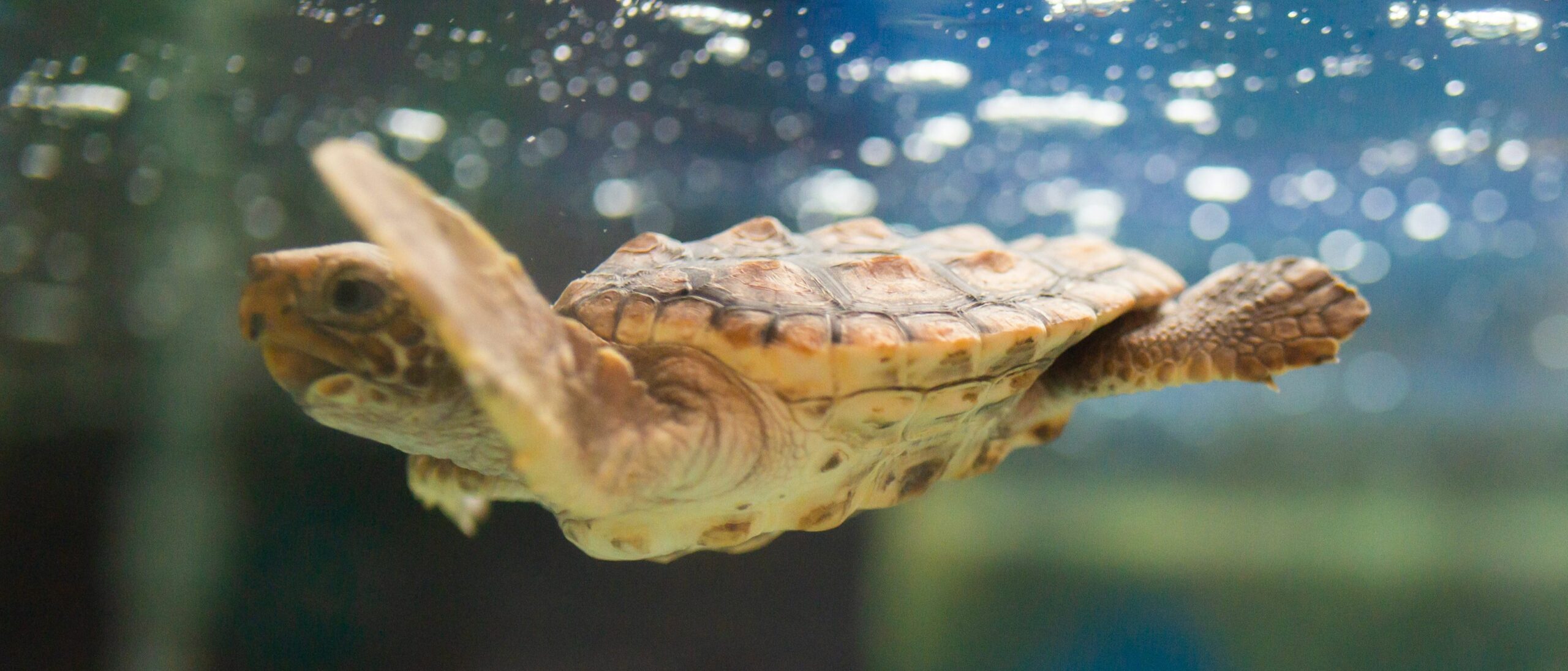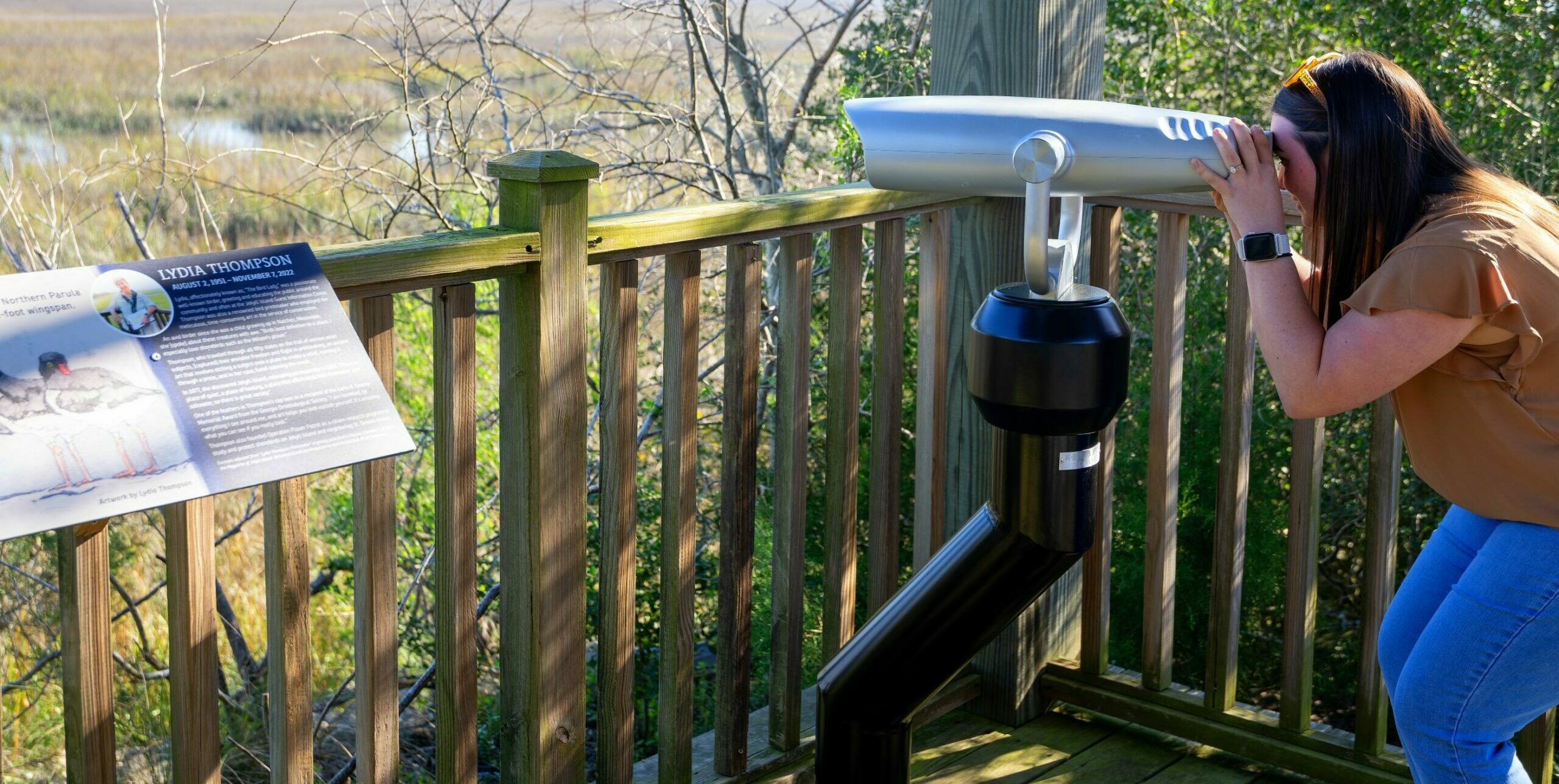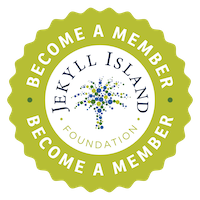By Michael Brennan, PhD Student at the University of Georgia Warnell School of Forestry and Natural Resources
As part of the Acres and Acres of Muhly Grass project, a cutting-edge node network and Bluetooth transmitter system has been deployed to study Eastern Diamondback Rattlesnakes (EDBs) within newly restored habitats. This advanced equipment, made possible by generous donors of the Jekyll Island Foundation, is now beginning to provide insights that were previously unattainable.
The automated tracking grid delivers spatial data at a much finer scale than traditional VHF telemetry methods, while significantly reducing the labor hours required for monitoring. This marks the first study to examine how EDBs respond to restored environments, establishing a new benchmark in habitat restoration research.
Bluetooth transmitters enable safe tracking of neonatal EDBs, addressing a critical gap in understanding the early life-stages of these snakes—a period historically difficult to study due to their small size and secretive behavior.
EDBs exhibit strong home range fidelity, typically remaining within familiar territories. Observing how individuals across all age classes interact with newly available habitat will inform future conservation strategies and land management decisions.
The node network is designed to be scalable across species, including animals as small as butterflies. However, with over a decade of data on rattlesnakes, EDBs provide the most meaningful baseline for comparing pre- and post-restoration conditions.
Soon, three snakes across Jekyll Island will be equipped with transmitters, expanding the scope of the study and enhancing the understanding of movement patterns and habitat use.
This technological advancement strengthens ecological research and demonstrates how innovation—supported by community contributions—can lead to more efficient and impactful conservation practices, ensuring restored habitats effectively support native wildlife. to partner in the conservation efforts of Jekyll Island, click HERE.









